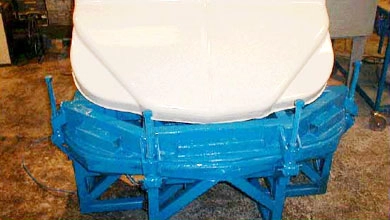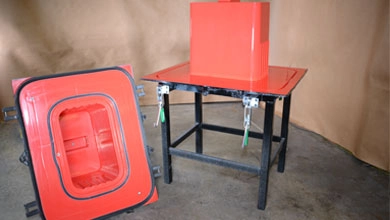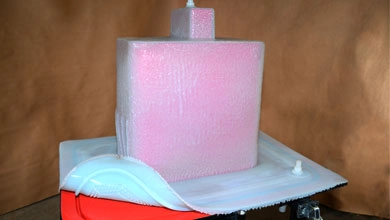Understanding Closed Mold Resin Transfer Processes
The composite manufacturing industry often struggles with terminology confusion around RTM, LRTM, HP-RTM, VARTM, SRTM, and other resin transfer processes. Many professionals don't realize these are simply variations of the same fundamental principle: closed mold resin infusion.
At their core, all resin transfer molding processes share the same objective: injecting liquid resin into dry fiber reinforcement within a closed mold to create high-quality composite parts. The differences lie in the details—injection pressure, tooling requirements, and vacuum assistance—not in the underlying technology.
Whether you're using traditional high-pressure RTM, cost-effective Light RTM, or vacuum-assisted VARTM, you're applying the same core principles of closed mold infusion. Each variation evolved to address specific manufacturing challenges: production volume, part size, tooling costs, or cycle times.
Understanding these relationships aids manufacturers in selecting the right process variation for their specific production needs rather than viewing them as competing technologies.
Explore each process below to understand their unique advantages and optimal applications:



